Mexican Orange
gardenbug
14 years ago
Related Stories
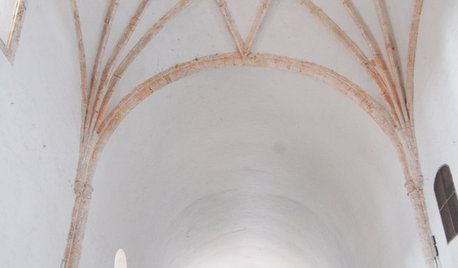
DECORATING GUIDESMexican Design to Inspire a Home Anywhere
Brimming with courtyards, churches and creativity, the Yucatan Peninsula is a fountain of ideas for design lovers
Full Story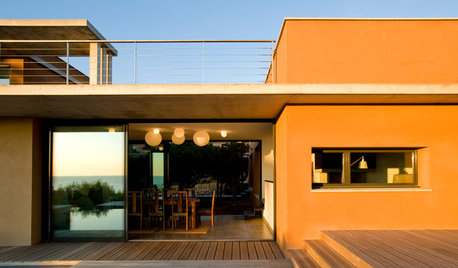
COLORExterior Color of the Week: 5 Ways to Make Orange Work for You
Whether you opt for a little or a lot, bold orange will bring drama to your home
Full Story
COLORBathed in Color: When to Use Bold Orange in the Bath
Orange you glad this warm and happy color can energize the place where you start your day?
Full Story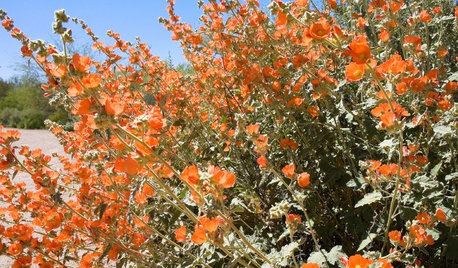
GARDENING GUIDESWarm Up Your Garden With Orange Flowers
Hummingbirds and butterflies are not the only ones who will notice when you introduce a blaze of orange into your garden
Full Story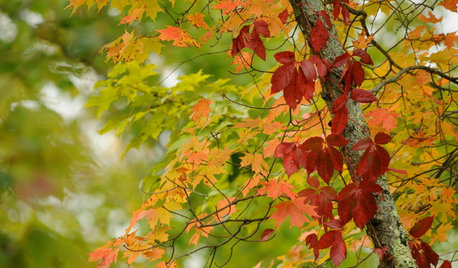
COLORFall on the Wall: Decorating With Rich Reds, Browns and Oranges
For your interiors, take a cue from nature’s colorful seasonal offerings
Full Story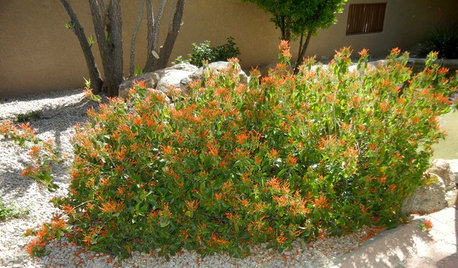
GARDENING GUIDESGreat Design Plant: Justicia Spicigera Brings In the Hummingbirds
Brighten shady areas with the colorful flowers of Mexican honeysuckle, also called mohintli, which appear all year long
Full Story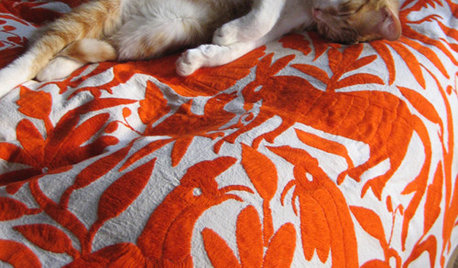
DECORATING GUIDESColor Your World With Otomi Embroidery
Splash your rooms with the colorful goodness of this Mexican patterned fabric, for a dose of cheer on even a rainy day
Full Story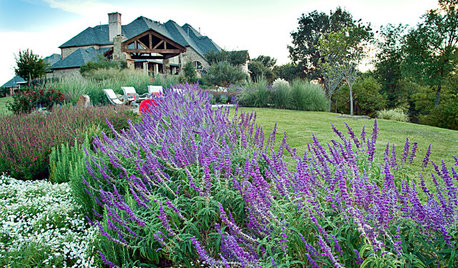
GARDENING GUIDESGreat Design Plant: Salvia Leucantha
Soft, velvety purple spikes gracefully arch over the gray-green foliage of Mexican bush sage in spring through fall in western U.S. gardens
Full Story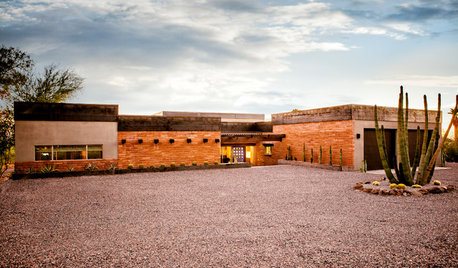
RANCH HOMESHouzz Tour: Industrial Updates to Classic Southwest Style
Hot-rolled steel and Caesarstone meet adobe and Mexican rugs in a Phoenix ranch house untouched since the 1950s
Full Story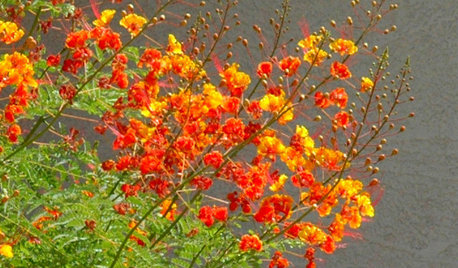
GARDENING FOR BUTTERFLIESGreat Design Plant: Red Bird-of-Paradise Soars With Color
Fiery bursts of red-orange flowers bring hot summer gardens to life, while this shrub's drought tolerance keeps the living easy
Full StorySponsored
Your Custom Bath Designers & Remodelers in Columbus I 10X Best Houzz
More Discussions








boxofrox
gardengal48 (PNW Z8/9)
Related Professionals
Middle Island Landscape Architects & Landscape Designers · Parole Landscape Architects & Landscape Designers · Cudahy Landscape Contractors · El Segundo Landscape Contractors · Euclid Landscape Contractors · Fort Atkinson Landscape Contractors · Garland Landscape Contractors · Kettering Landscape Contractors · Lynchburg Landscape Contractors · Saint George Landscape Contractors · Severna Park Landscape Contractors · Smyrna Landscape Contractors · Eagle Mountain Fence Contractors · Olean Fence Contractors · Ridgefield Park Fence ContractorsEmbothrium
homernoy
gardenbugOriginal Author
Embothrium
gardengal48 (PNW Z8/9)
George Three LLC
Embothrium
George Three LLC
Embothrium